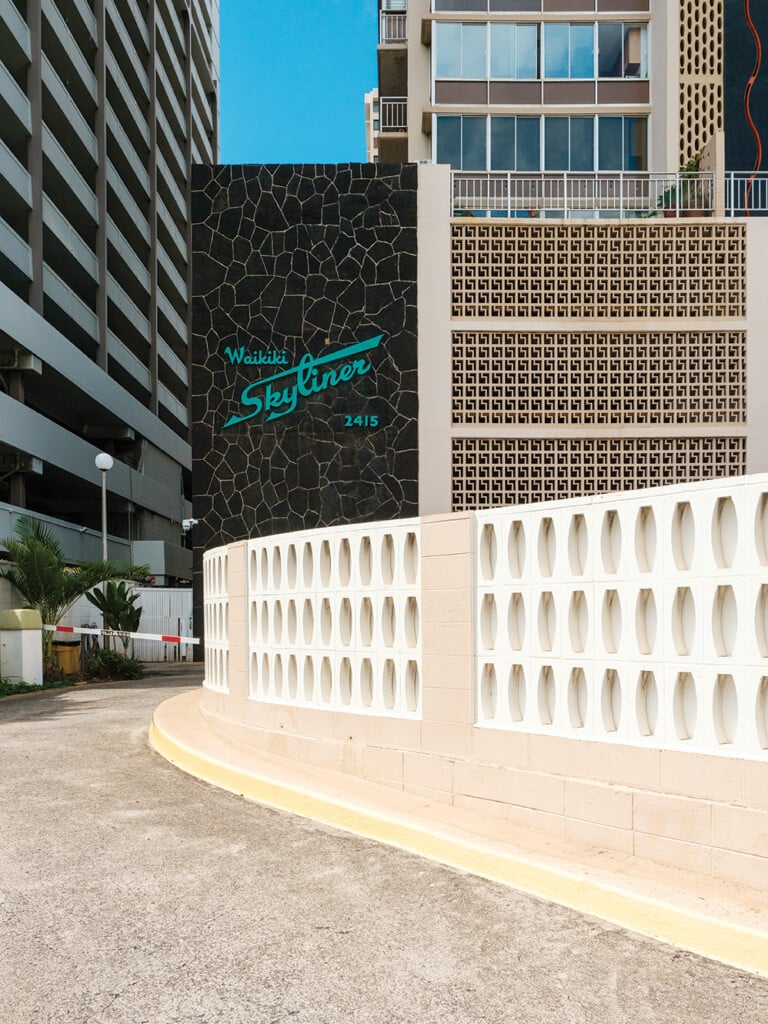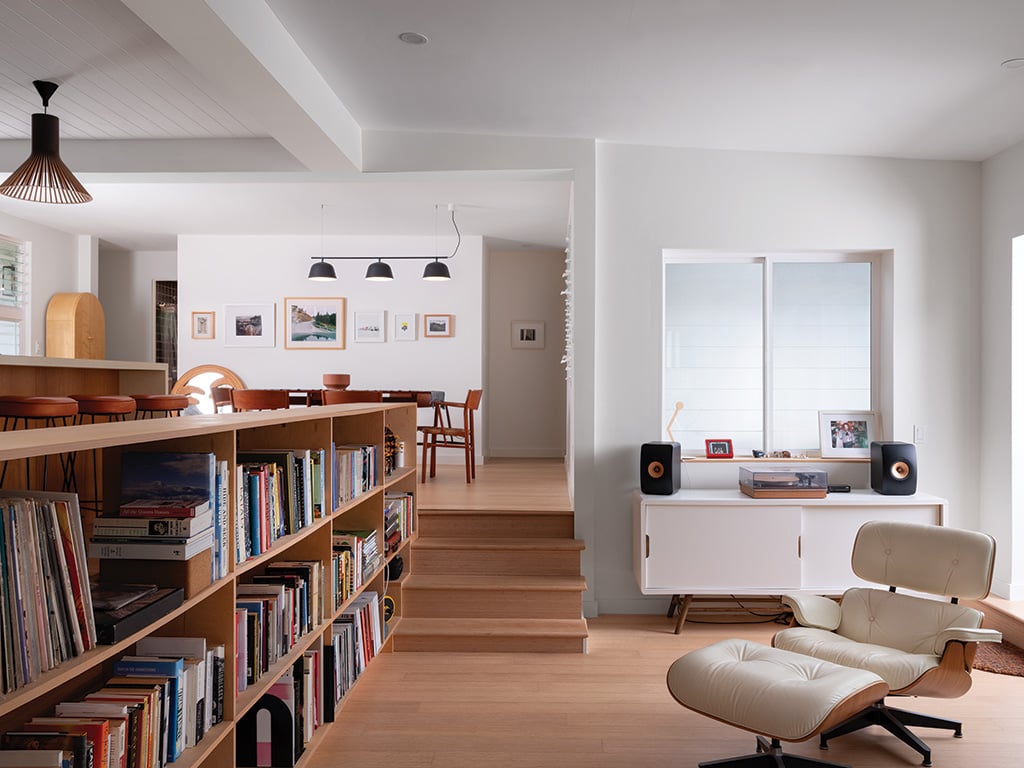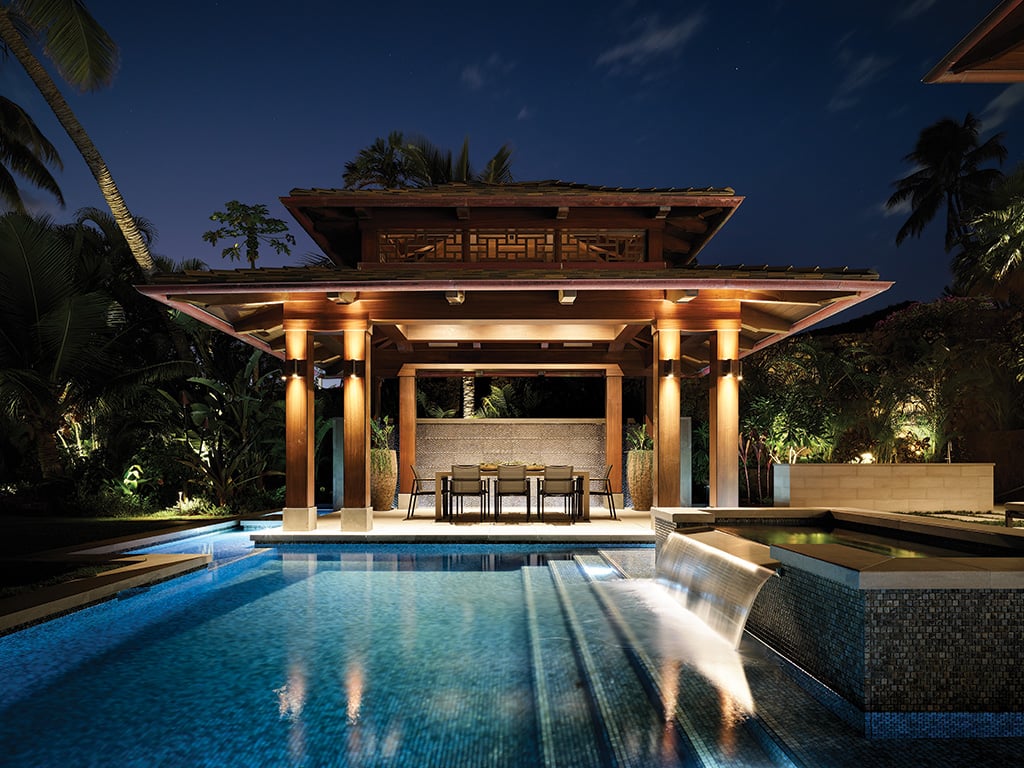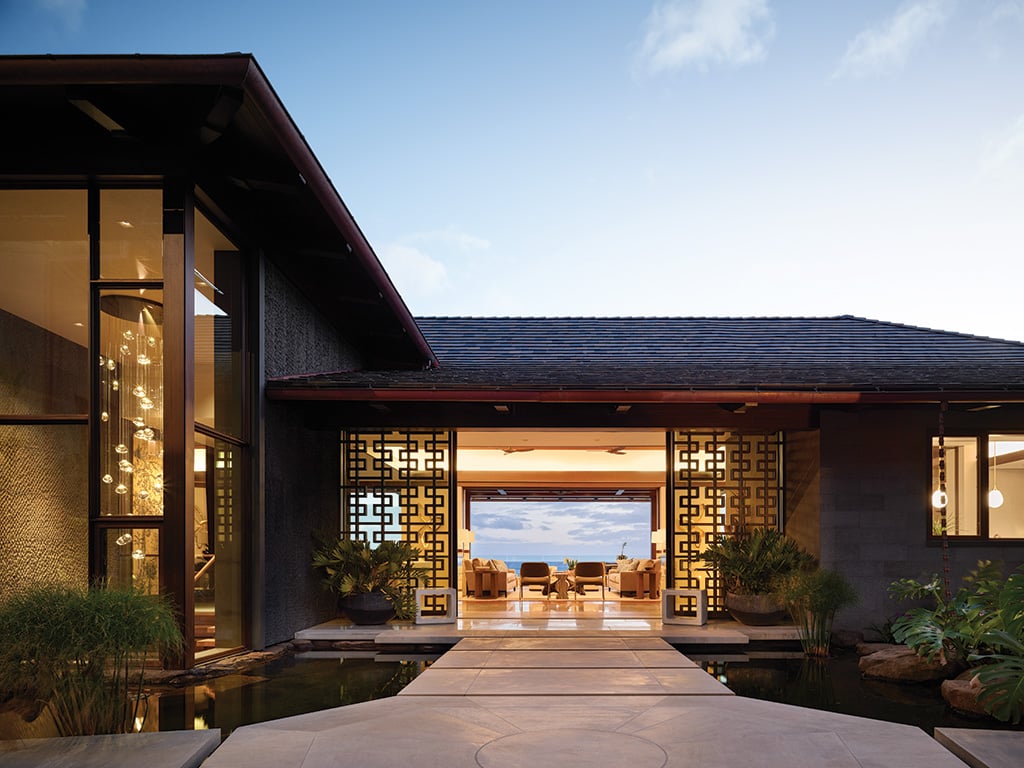Breeze Blocks are More Than Just Masonry
These practical midcentury outdoor ornamentals are regaining attention.

You’ve seen them all over the Islands — geometric patterns in hollowed concrete, lining the facades of older apartment buildings and backyard walls. Screen blocks, also known as breeze blocks, are outdoor design elements that became popular in the 1950s and 1960s. These midcentury icons are local favorites for their decorative charm and benefits of privacy and ventilation.
We caught up with Don Hibbard, an architectural historian and former administrator of the Hawaii State Historic Preservation Division, to learn more about the history of breeze blocks. Hibbard, along with Lance Walters of the University of Hawaii School of Architecture, recently published a booklet titled “Screen Blocks in Hawaii: Letting Trade Winds Flow.” The booklet chronicles breeze block applications from the past and photos of various breeze block styles.

“A ubiquitous reminder of Hawaii’s midcentury architectural legacy, the blocks function as boundary walls, carport enclosures, lanai railings, screen walls and even mailbox posts,” notes Hibbard. “An inexpensive and durable material, which did not require skilled labor to install, screen blocks rode the crest of Hawaii’s post-World War II development boom to become an ever-present part of our streetscape.”
The origins of the breeze block are unknown. According to Hibbard’s and Walters’ research, architect Frank Lloyd Wright may be due some credit for an early iteration in the 1920s — a perforated version of his famous concrete “textile block” design in residential projects on the mainland. In the 1950s, sculptor Erwin Hauer was known for his work with architectural screens and walls, including a “forerunner of screen blocks” that still stands at the Aina Haina Public Library.
Breeze blocks evolved as manufacturing and installation techniques were refined. “Easy to fabricate and using relatively simple molds, the blocks featured an array of designs, and depending on how they were laid, offered further variety in the patterns they presented,” notes Hibbard.

Multiple companies, such as State Tile, Pacific Rock and Concrete, and Tileco supplied local residents and builders with breeze blocks at the height of their popularity. Today, Tileco is the only remaining breeze block manufacturer in the state.
Hibbard, Walters and other midcentury modern enthusiasts hope that the art and importance of the breeze block in Hawaii’s history can be preserved in residential and commercial architecture.
“Sixty years later, screen blocks still remain a part of Honolulu’s streetscape, but their presence is starting to diminish,” explains Hibbard. “Without appreciation, care and conscious recognition, this modern embodiment of beauty and utility may dwindle away and another reminder of Hawaii’s optimistic post-statehood period will truly be a thing of the past.”
The booklet “Screen Blocks in Hawaii: Letting Trade Winds Flow” can be purchased at BAS Bookshop, 1154 Nuuanu Ave., Honolulu, 96817. Call (808) 545-8091 for availability.

Get to Know Docomomo!
Hibbard is a founding member of Docomomo Hawaii, a nonprofit organization formed as a chapter of Docomomo U.S. in 2012. The group advances the exploration and documentation of significant examples of the “modern movement” of architecture in the state of Hawaii, and supports the conservation and sustainability of such buildings, structures, landscapes, interiors, arts, and neighborhoods as historic resources and references from our recent past. Learn more at docomomo-hi.org.
Editor’s Note: This article has been slightly modified from the original print version for optimal online reading. To view the full print story, pick up your copy of Hawaii Home + Remodeling at one of our partner locations.






